http://www.ieeeghn.org/wiki/index.php/Oral-History:James_W._Cooley
Oral-History:James W. Cooley
SHARE
|
About James W. Cooley
James W. Cooley was born in 1926 and grew up in New York City. After serving in the Army Air Corps, Cooley attended Manhattan College, graduating with a degree in math in 1949. He then went to Columbia University, earning his Masters in 1951 and doctorate in Applied Math in 1961. Cooley worked at the Institute for Advanced Study on the IAS Machine from 1953 to 1956, and began his career at IBM Research in 1961. He retired from IBM in 1991, and then taught at the University of Rhode University for two-and-a-half years. Cooley is a pioneer in the digital signal processing field, having developed the fast Fourier transform (FFT), which has been used in atmospheric studies and to analyze signals sent to the earth from outer space. He developed the FFT through mathematical theory and applications, and has helped make it more widely available by devising algorithms for scientific and engineering applications. Cooley was a member of IEEE's Digital Signal Processing Committee from 1965 to 1979, and helped plan the Arden House conferences on digital signal processing. He has been actively involved in other IEEE Acoustics Speech and Signals Processing Committee (ASSP), and from 1992 to 1993 he was Associate Editor for the IEEE Transactions on ASSP. His professional awards include the ASSP's Meritorious Service Award in 1980, the ASSP Society Award in 1984, the IEEE Centennial Medal in 1984, and the Jack S. Kilby Signal Processing Medal in 2002. Cooley became an IEEE Fellow in 1981 for the development of the FFT.James W. Cooley (born 1926) is an American mathematician. James William Cooley received a B.A. degree in 1949 from Manhattan College, Bronx, NY, an M.A. degree in 1951 from Columbia University, New York, NY, and a Ph.D. degree in 1961 in applied mathematics from Columbia University. He was a programmer on John von Neumann's computer at the Institute for Advanced Study, Princeton, NJ, from 1953 to 1956. He worked on quantum mechanical computations at the Courant Institute, New York University, from 1956 to 1962, when he joined the Research Staff at the IBM Watson Research Center, Yorktown Heights, NY. Upon retirement from IBM in 1991, he joined the Department of Electrical Engineering, University of Rhode Island, Kingston, where he served on the faculty of the computer engineering program.
His most significant contribution to the world of mathematics and digital signal processing is the Fast Fourier transform, which he co-developed with John Tukey (see Cooley–Tukey FFT algorithm) while working for the research division of IBM in 1965.
The motivation for it was provided by Dr. Richard L. Garwin at IBM Watson Research who was concerned about verifying a Nuclear arms treaty with the Soviet Union for the SALT talks. Garwin thought that if he had a very much faster Fourier Transform he could plant sensors in the ground in countries surrounding the Soviet Union. He suggested the idea of how Fourier transforms could be programmed to be much faster to both Cooley and Tukey. They did the work, the sensors were planted, and he was able to locate nuclear explosions to within 15 kilometers of where they were occurring.
J.W. Cooley was a member of the Digital Signal Processing Committee of the IEEE, and was later awarded a fellowship of IEEE for his work on FFT. In 2002 he received the IEEE Jack S. Kilby Signal Processing Medal.[1][2] He considerably contributed to the establishing of terminology in digital signal processing.
Publications
- James W. Cooley & John W. Tukey (1965): "An algorithm for the machine calculation of complex Fourier series", Math. Comput. 19, 297–301.
- Cooley, James W., Timothy M. Toolan and Donald W. Tufts. "A Subspace Tracking Algorithm Using the Fast Fourier Transform." IEEE Signal Processing Letters. 11(1):30-32. January 2004.
- Real, Edward C., Donald W. Tufts and James W. Cooley. "Two Algorithms for Fast Approximate Subspace Tracking." IEEE Transactions on Signal Processing. 47(7):1936-1945. July 1999.
- Tufts, D. W., E. C. Real and J. W. Cooley. "Fast Approximate Subspace Tracking (FAST)." IN: Proceedings of the 1997 IEEE International Conference on Acoustics, Speech, and Signal Processing. IEEE. 1997. I:547-550.
http://www.ieeeghn.org/wiki/index.php/Lotfi_A._Zadeh
Lotfi A. Zadeh
SHARE
|
Biography
Lotfi A. Zadeh was born on 4 February 1921 in Baku, Azerbaijan. He studied at Alborz College, an American Presbyterian Missionary School in Teheran, Iran, and later at the University of Teheran, from which he received the B.S. degree in Electrical Engineering in 1942.Dr. Zadeh traveled to the United States in 1944 to pursue graduate studies, and received the S.M. degree in Electrical Engineering from the Massachusetts Institute of Technology in 1946. Subsequently, he joined the faculty of Columbia University as an instructor in Electrical Engineering, where he earned the Ph.D. degree in 1949 and was appointed assistant professor in 1950. He was promoted to the rank of Professor in 1957.
In 1959, Dr. Zadeh left Columbia University to join the faculty of Electrical Engineering Department at the University of California, Berkeley. He was named Chairman of the department in 1963. During his five-year tenure as Chairman, the name of the department was changed to Electrical Engineering and Computer Science. Dr. Zadeh became Professor Emeritus in 1991 and continues to do teaching and research at Berkeley in his capacity as Director of the Berkeley Initiative in Soft Computing.
http://www.superscholar.org/features/20-most-influential-scientists-alive-today/
20 Most Influential Scientists Alive Today
Scientists are perhaps the most influential people in the world today. They are responsible not only for the great practical advances in medicine and technology, but they also give us a deep understanding of what the world is and how it works. Their role in shaping the worldview of our culture is unrivaled.Below is SuperScholar’s list of the twenty living scientists that we regard as having most profoundly influenced our world.
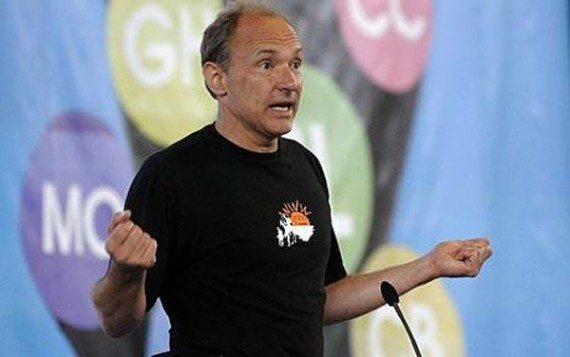
1. Timothy John “Tim” Berners-Lee, who invented the World Wide Web by being the first to successfully implement the transfer protocols on which the Web depends. [Wikipedia Link]
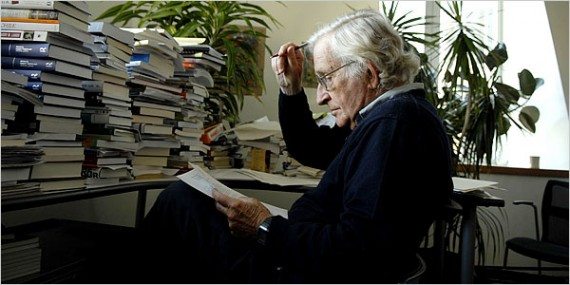
2. Noam Chomsky, who, though a linguist and philosopher, has fundamentally reshaped the field of psychology, not least by dethroning behaviorism through his ideas about the innateness of language. [Wikipedia Link]
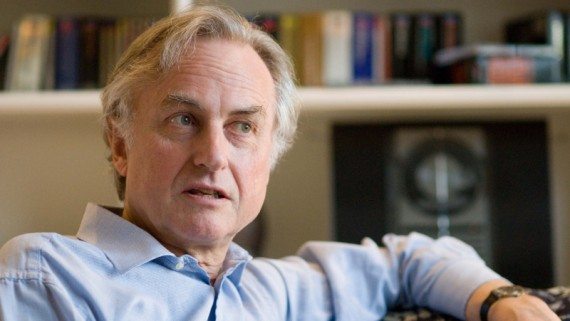
3. Richard Dawkins, whose use of evolutionary biology has shaped the way we understand ourselves at the most fundamental levels. [Wikipedia Link]
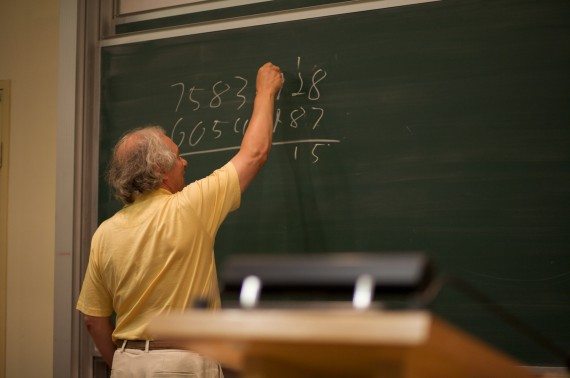
4. Persi Diaconis, who in merging the mathematical theory of groups with statistics has radically reconfigured our understanding of randomness. [Wikipedia Link]
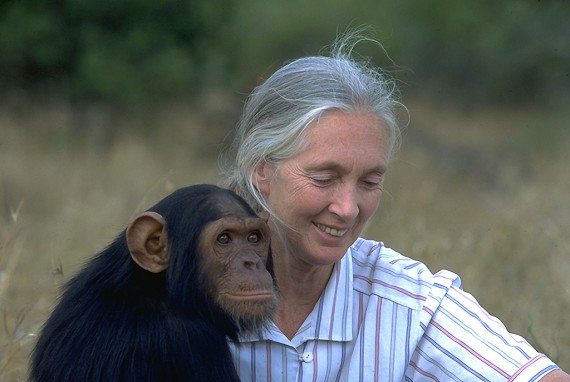
5. Jane Goodall, whose work on primates has led the way and given us focus in understanding our closest relatives in the animal kingdom. [Wikipedia Link]
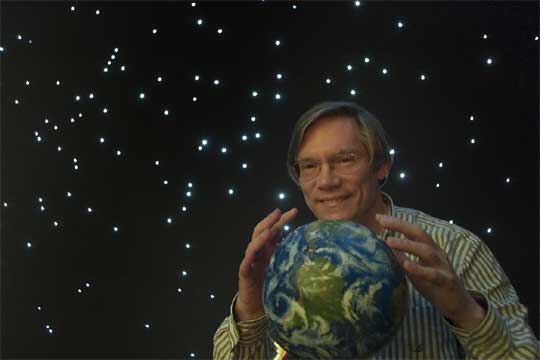
6. Alan Guth, whose idea of inflationary cosmology has revolutionized our understanding of the Big Bang and the large scale structure of the universe. [Wikipedia Link]
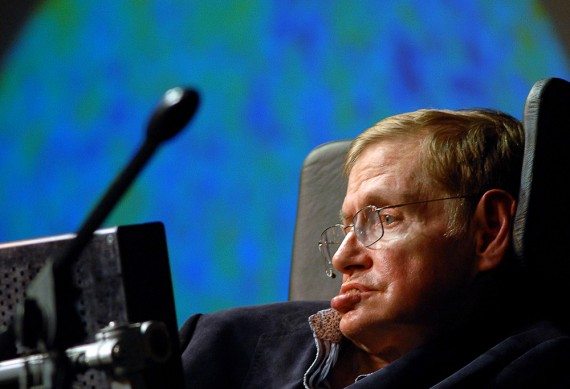
7. Stephen Hawking, whose work on the nature of space and time remains groundbreaking and whose story of personal triumph despite suffering a neuro-muscular dystrophy has inspired millions. [Wikipedia Link]
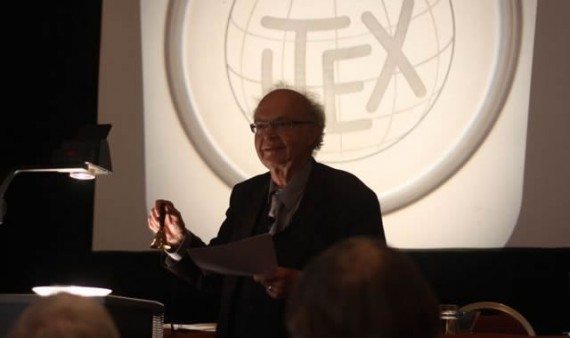
8. Donald Knuth, whose work on the theory of the algorithm has transformed the field of computer science. [Wikipedia Link]
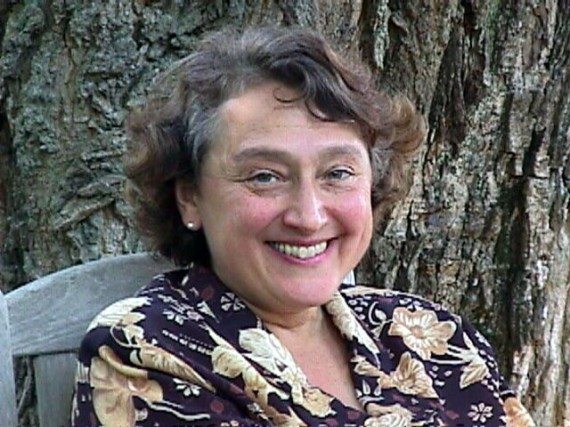
9. Lynn Margulis, whose ideas about symbiogenesis have vastly enriched conventional ways of understanding biological evolution. [Wikipedia Link]
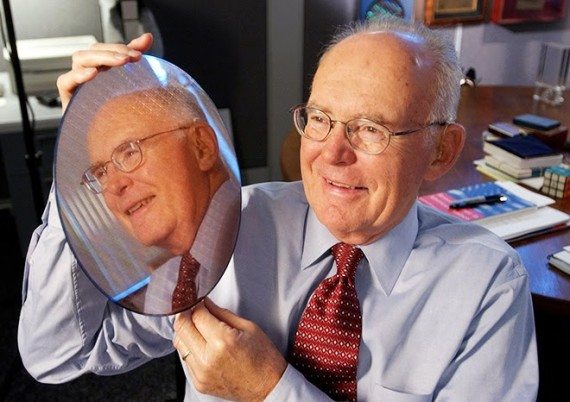
10. Gordon Moore, who as founder of Intel merged business and science in bringing about the information technology revolution (“Moore’s Law” is named after him). [Wikipedia Link]
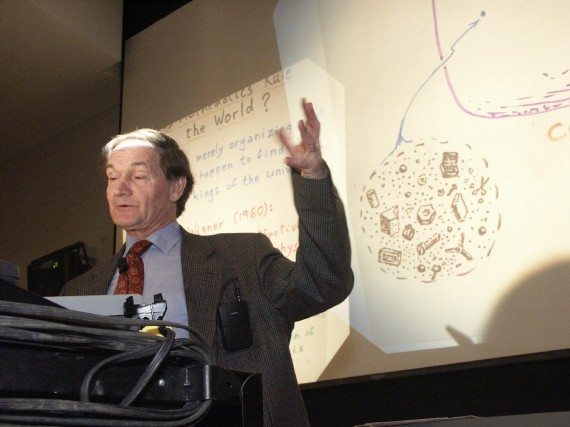
11. Roger Penrose, who has broken new ground not only in fundamental physics but also on its connections to human consciousness. [Wikipedia Link]
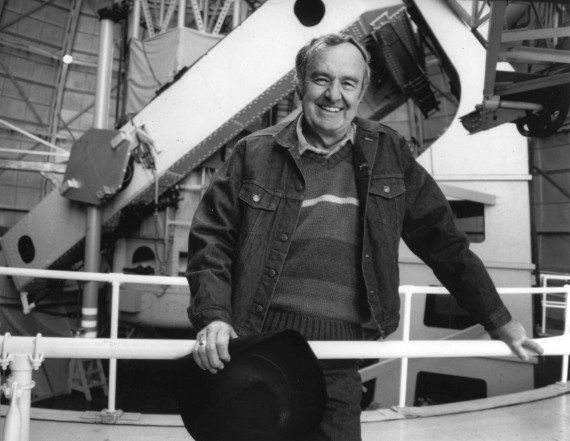
12. Allan Sandage, who continued the work of the legendary Edwin Hubble to become the world’s greatest living observational astronomer. [Wikipedia Link]
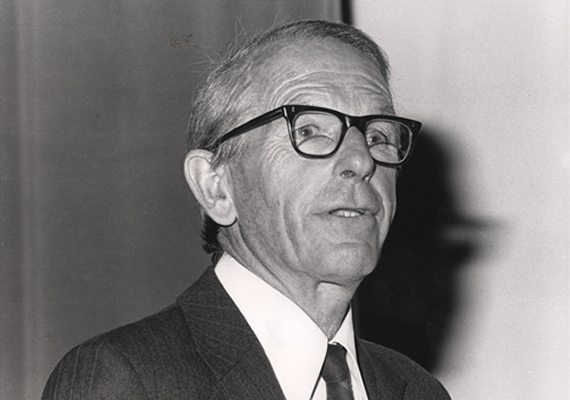
13. Frederick Sanger, whose research first revealed the structure of proteins, work for which he received the first of two Nobel Prizes in chemistry. [Wikipedia Link]
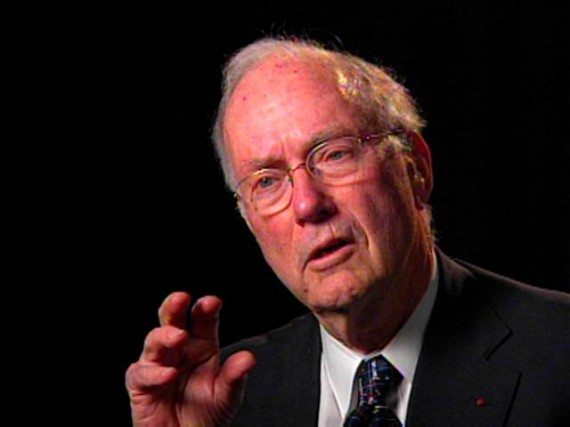
14. Charles Townes, who invented the laser, which is now ubiquitous in technology and ordinary life. [Wikipedia Link]
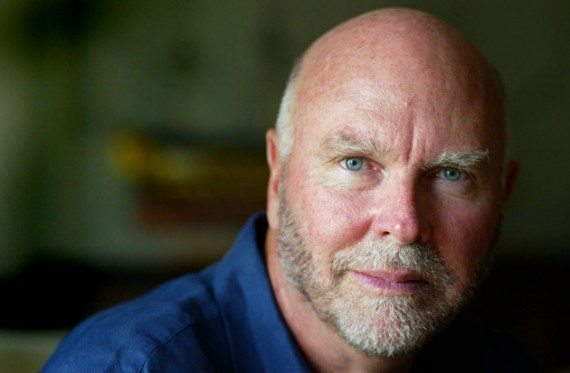
15. Craig Venter, whose completion of the Human Genome Project and continued work on synthetic genomes and artificially constructed cells is fundamentally challenging our understanding of life. [Wikipedia Link]
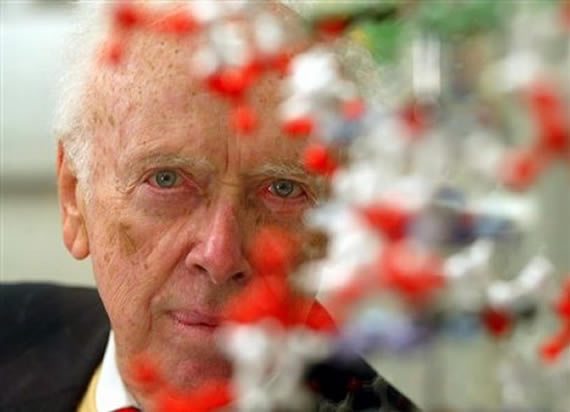
16. James Watson, whose codiscovery with Francis Crick of the structure of DNA has revolutionized all of biology and is a landmark of the 20th century. [Wikipedia Link]
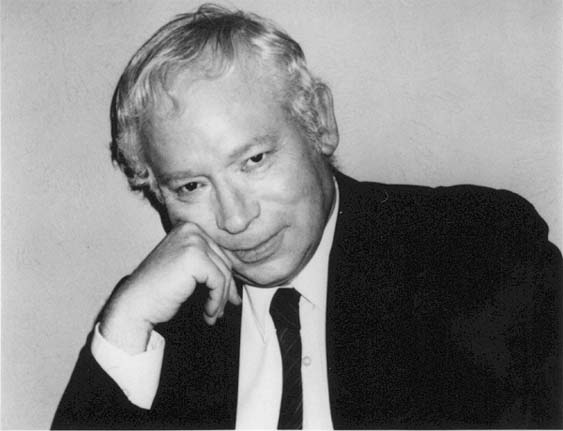
17. Steven Weinberg, whose work on unifying the forces of physics and whose exceptionally well-written popular books on science have made him a key public intellectual for interpreting science to the wider culture. [Wikipedia Link]
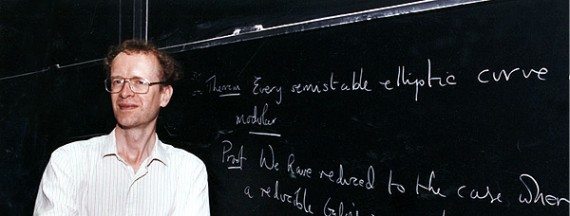
18. Andrew Wiles, who in resolving the 300-year old Fermat Conjecture of mathematics decisively demonstrated how seemingly irresolvable problems may eventually yield to solution through creative insight. [Wikipedia Link]
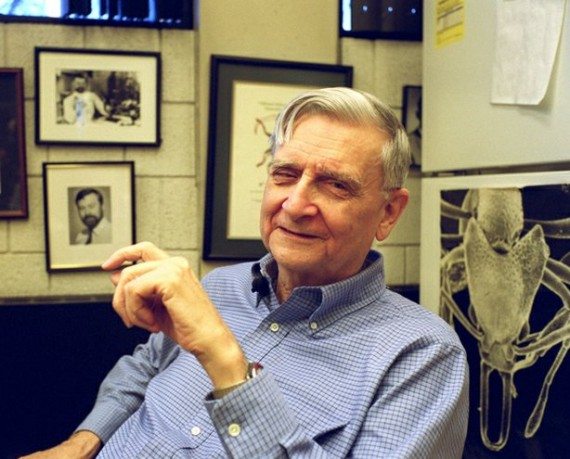
19. Edward O. Wilson, whose work on sociobiology has propelled evolutionary thinking into ethics and psychology. [Wikipedia Link]
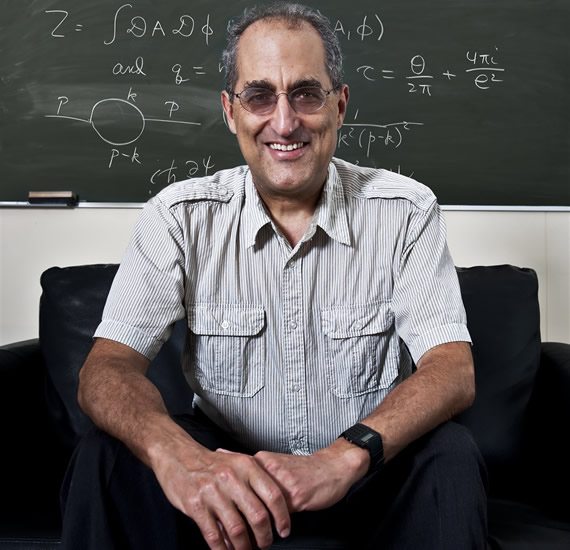
20. Edward Witten, whose work on the mathematical underpinnings of string theory has made it the theory of everything to beat. [Wikipedia Link]


No hay comentarios:
Publicar un comentario